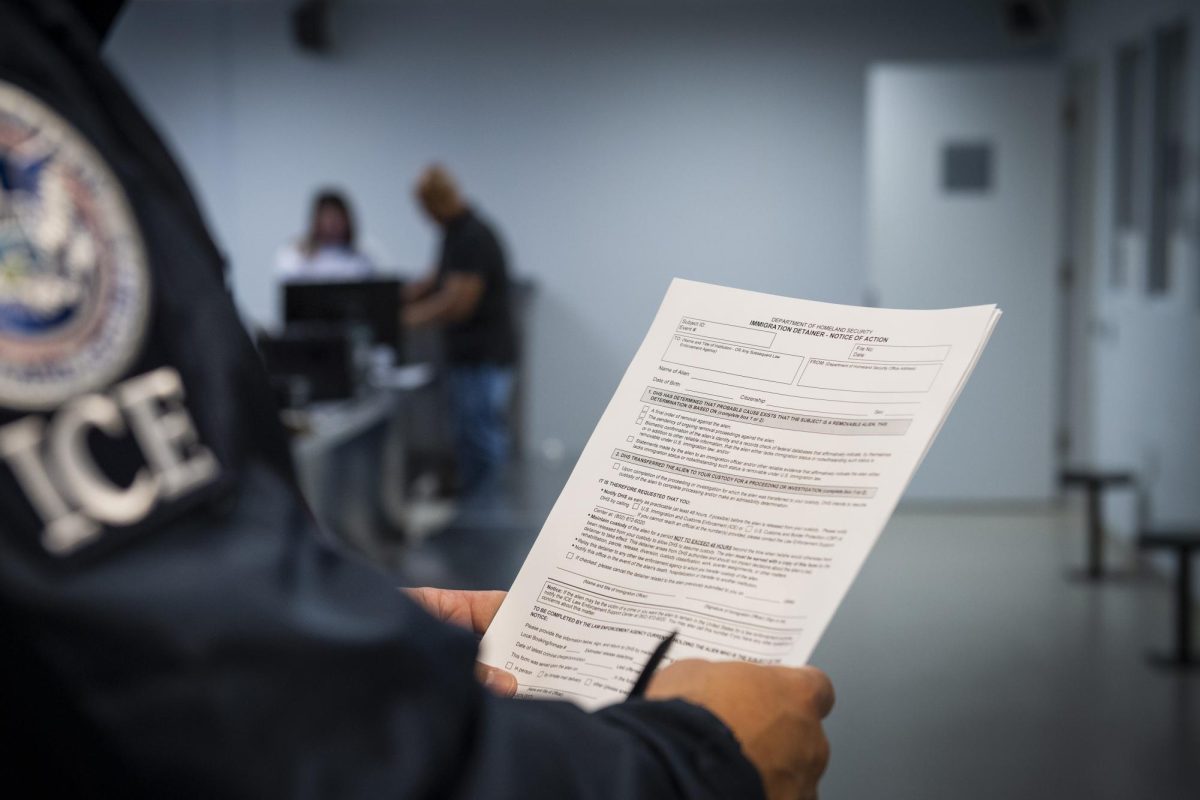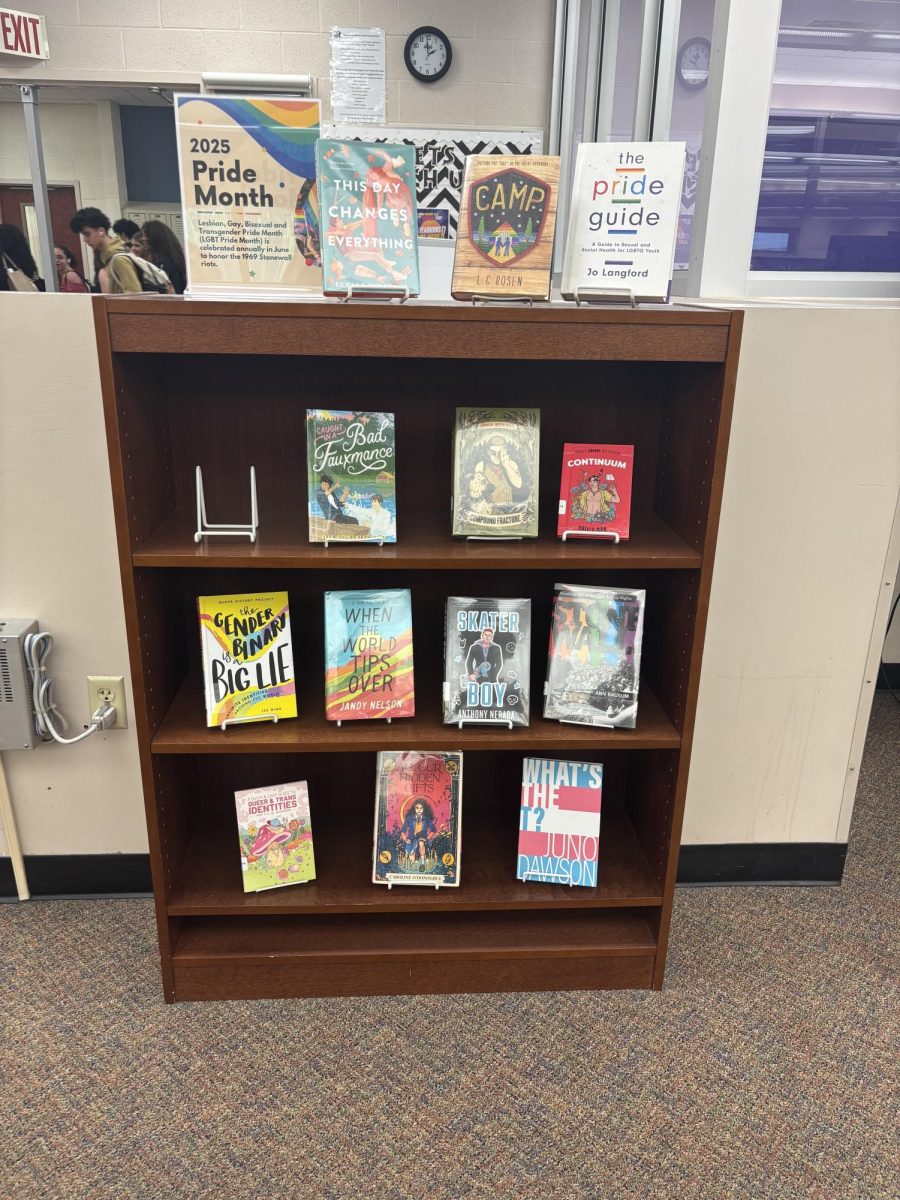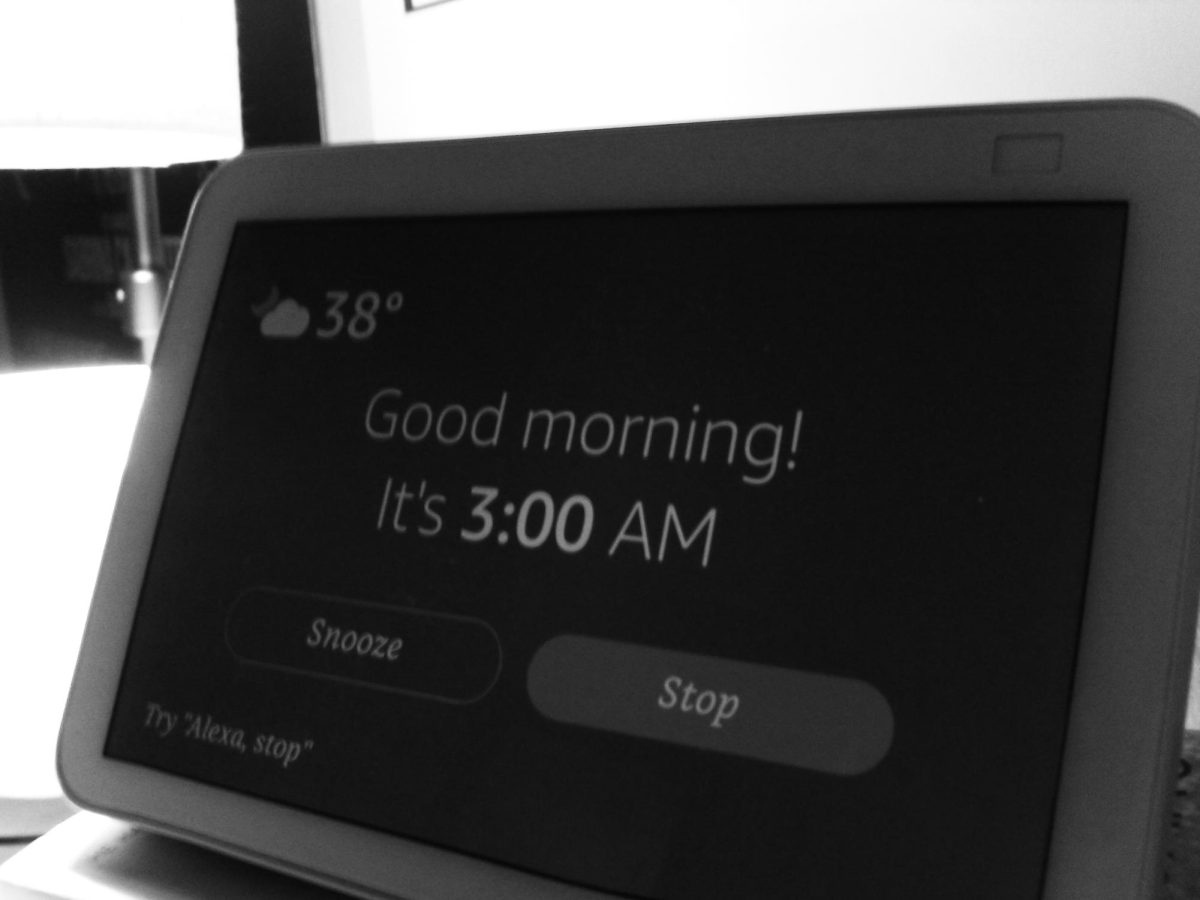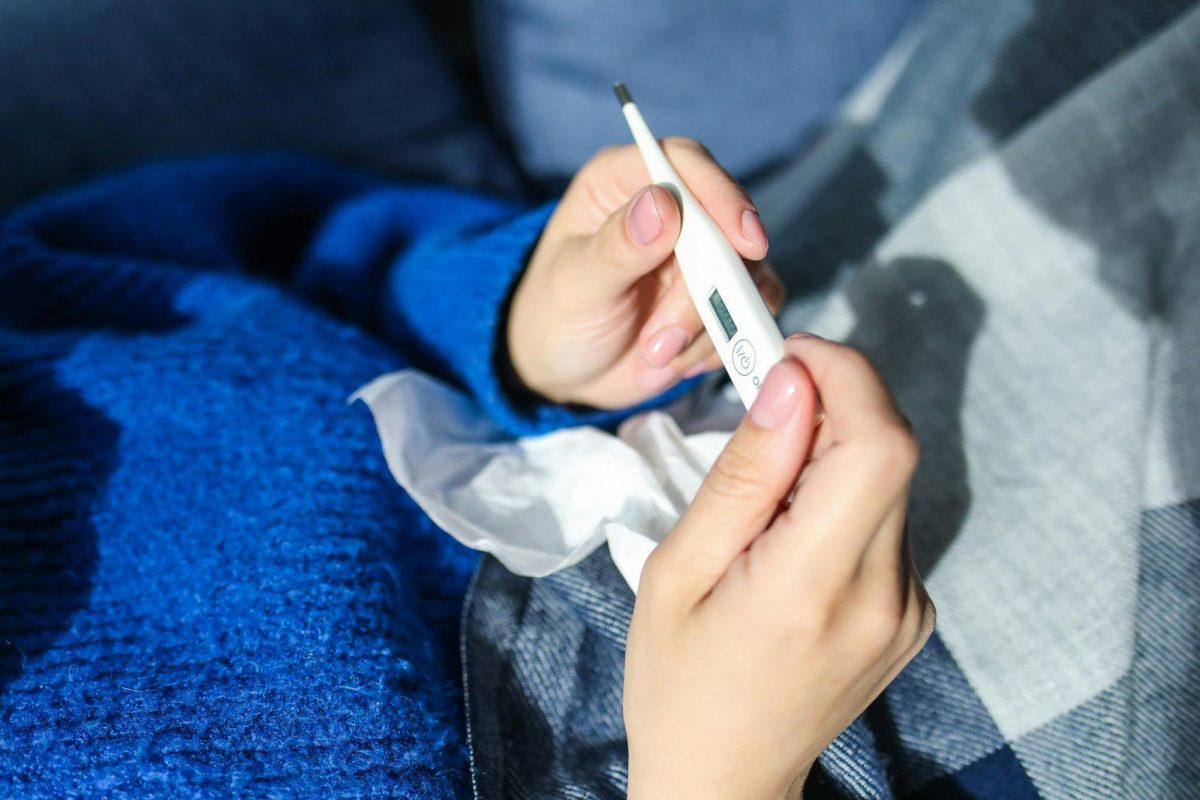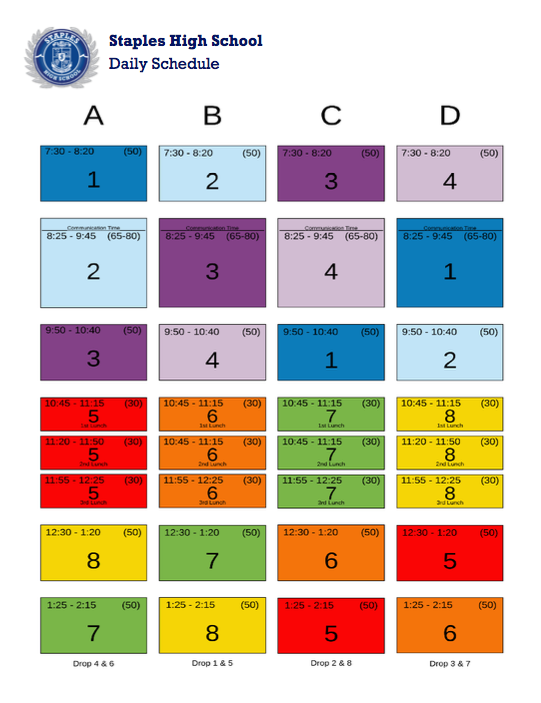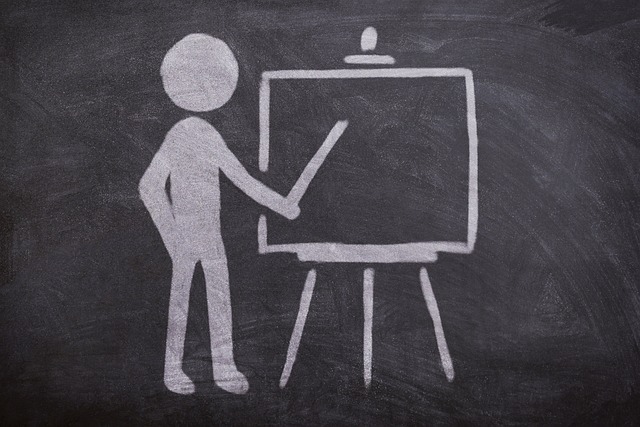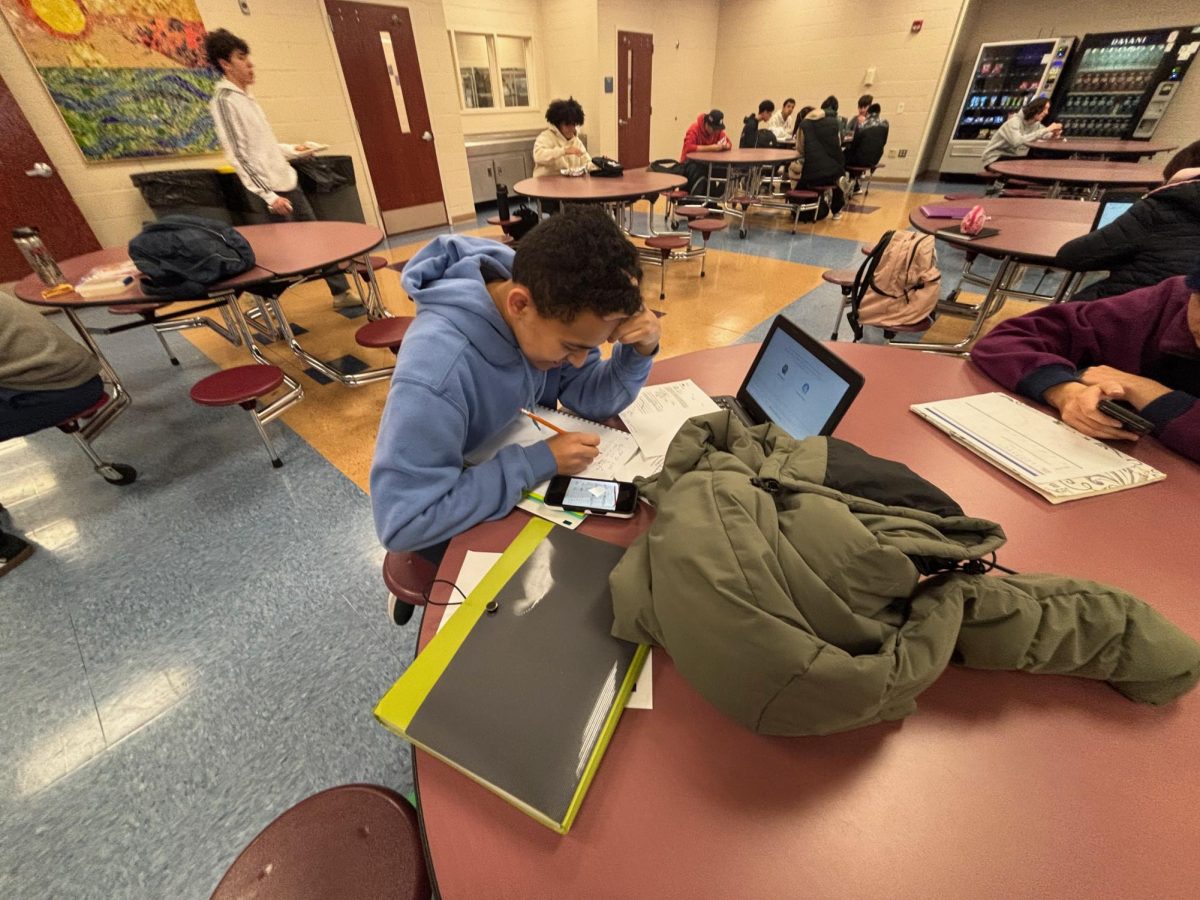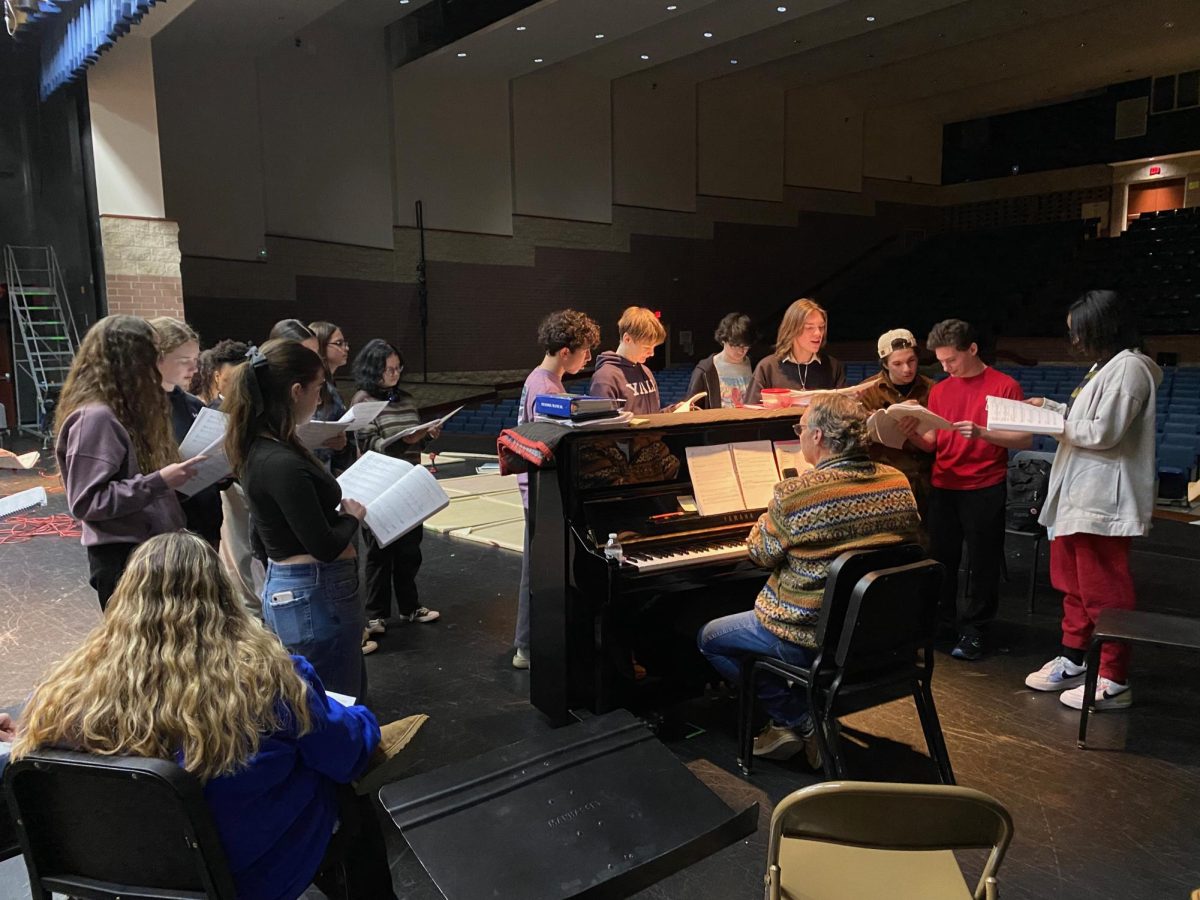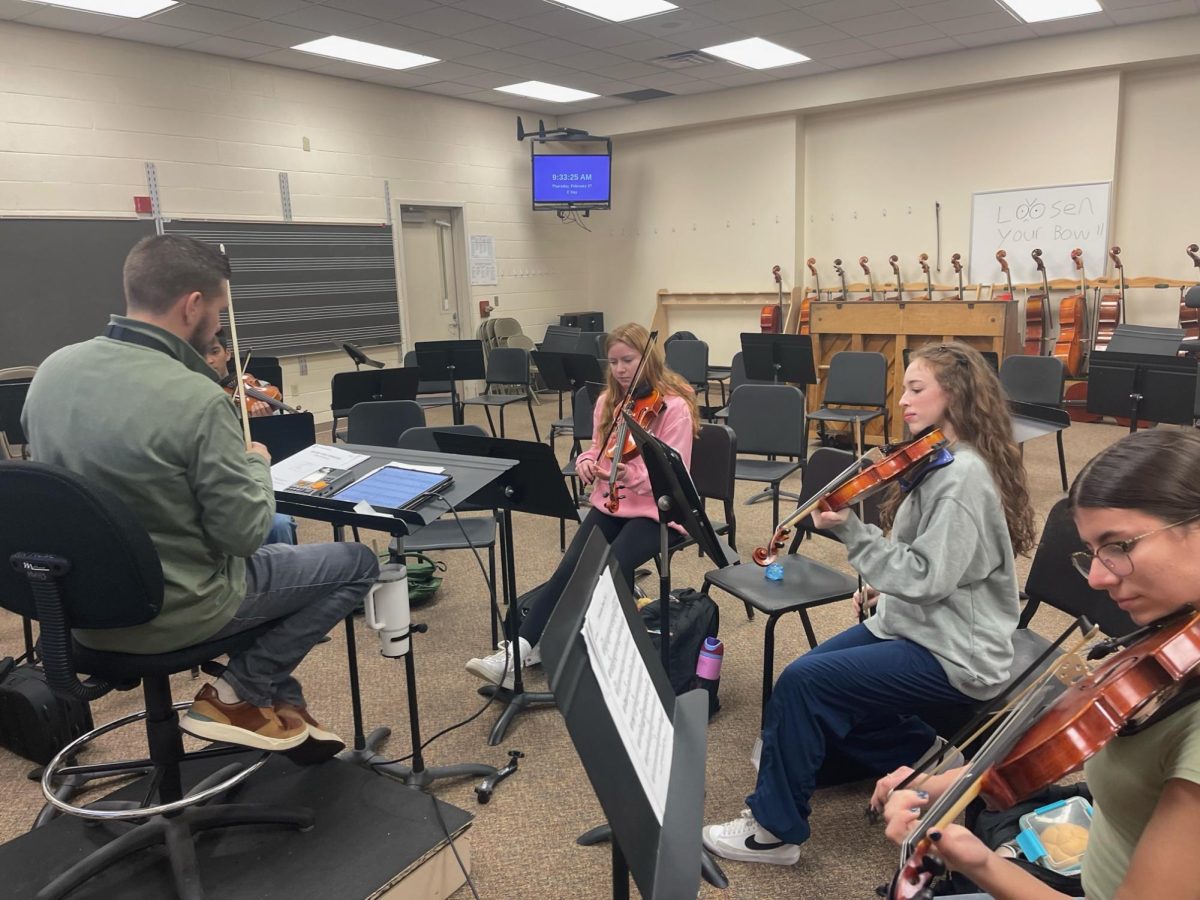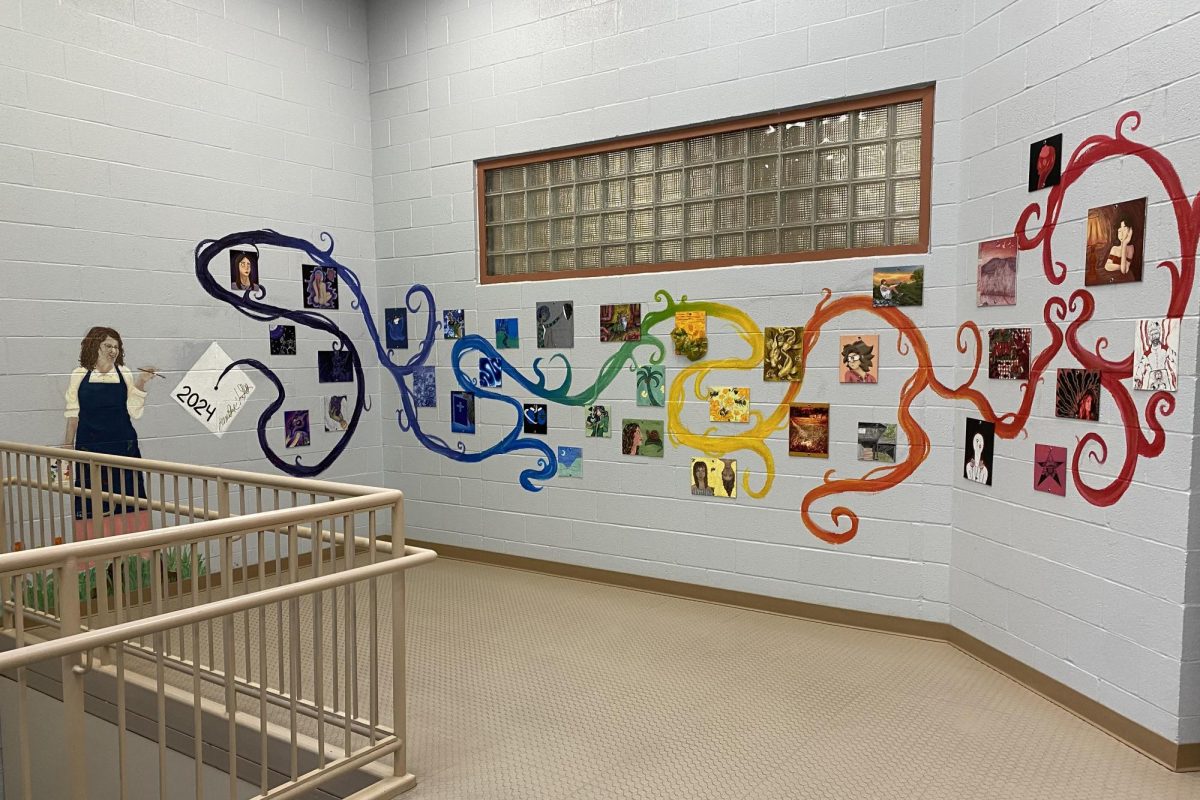Students in need of help have access to mental health resources
June 13, 2022
In the past few months, students and faculty may have seen the Social and Emotional Resources pamphlets being shared by gym teachers on Google Classroom, containing information about mental health, contact information for school counselors and psychologists, and hotline numbers.
Students have had to deal with multiple years of constant changes and quarantine, so there’s an increased concern for their mental health.
Even before the pandemic, the CDC (Center for Disease Control and Prevention) reported a sharp decline in the mental health of teenagers, and this decline has continued during the pandemic.
“According to the new data, in 2021, more than a third (37 percent) of high school students reported they experienced poor mental health during the COVID-19 pandemic, and 44 percent reported they persistently felt sad or hopeless during the past year,” wrote the CDC.
So the question is, how is the school helping the students who need help?
As mentioned before, the pamphlet shared to students has multiple emails for the school administrators, counselors, psychologists, and social workers as well as hotline numbers that are not affiliated with the school.
There have also been grade-wide presentations to educate students and let them know what resources they have at their disposal.
Students are able to contact their guidance counselor if they feel they need help, who can then contact a psychologist or social worker, and, if needed, a student assistance counselor.
There are four psychologists, one for each house and another who works part-time, a full-time social worker and a part-time bilingual social worker, and one student assistance counselor.
Dr. Gurdineer, one of the psychologists at the school, said that the most challenging aspect of getting students help is the ratio between the number of students to the number of psychologists.
Dr. Gurdineer said that teachers play a vital part in getting help for their students.
“The first line of defense is the teachers,” said Gurdineer. “Sometimes kids aren’t going to reach out themselves. It might be more of what a teacher is noticing in class and then they may bring it to the attention of the guidance counselor who can check in.”
It’s important for students to have access to help and to get it if they need it.
According to Youth.Gov, a federal website that provides resources to help youth-serving organizations, “school-based mental health is becoming a vital part of student support systems.”
“Mentally healthy students are more likely to go to school ready to learn, actively engage in school activities, have supportive and caring connections with adults and young people, use appropriate problem-solving skills, have non-aggressive behaviors, and add to positive school culture,” reports the website.
Celeste Birkhofer, a clinical psychologist at Stanford Medical School, also reported a four-time increase in treatment referrals since the pandemic began.
Easy access to mental, social, and emotional health is necessary for all students and benefits everyone, including the school itself.
A list of resources and district contacts can be found here.

